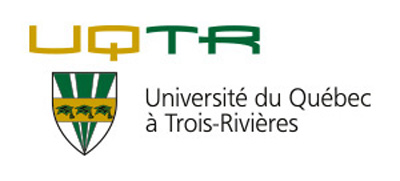Related projects
Discover more projects across a range of sectors and discipline — from AI to cleantech to social innovation.
Mitacs brings innovation to more people in more places across Canada and around the world.
Learn MoreWe work closely with businesses, researchers, and governments to create new pathways to innovation.
Learn MoreNo matter the size of your budget or scope of your research, Mitacs can help you turn ideas into impact.
Learn MoreThe Mitacs Entrepreneur Awards and the Mitacs Awards celebrate inspiring entrepreneurs and innovators who are galvanizing cutting-edge research across Canada.
Learn MoreDiscover the people, the ideas, the projects, and the partnerships that are making news, and creating meaningful impact across the Canadian innovation ecosystem.
Learn MoreThe objectives of this study are: To assess the feasibility of using satellite remote sensing technology to measure trace gases and aerosols over northern Alberta. To study the transport of biomass burning emissions and its impact on air quality over northern Alberta. Methodology: Data from several satellite sensors will be used in this study coupled with AErosol RObotic NETwork (AERONET) ground measurement data, In-service Aircraft for a Global Observing System data (IAGOS), meteorological data and Hybrid Single Particle Lagrangian Integrated Trajectory (HYSPLIT) Model. Satellite data sets: This study will use data from numerous satellite instruments, which are: MODIS (Moderate Resolution Imaging Spectroradiometer), MISR (Multi-angle Imaging Spectroradiometer), CALIPSO (Cloud-Aerosol Lidar and Infrared Pathfinder Satellite Observation), OMI (The Ozone Monitoring Instrument), MOPITT (Measurements of Pollution in the Troposphere), and TES (Tropospheric
Zaher Hashisho
Hebaallah Marey
Alberta Environment and Sustainable Resource Development
Engineering - civil
Management of companies and enterprises
University of Alberta
Elevate
Discover more projects across a range of sectors and discipline — from AI to cleantech to social innovation.
Find the perfect opportunity to put your academic skills and knowledge into practice!
Find ProjectsThe strong support from governments across Canada, international partners, universities, colleges, companies, and community organizations has enabled Mitacs to focus on the core idea that talent and partnerships power innovation — and innovation creates a better future.













































































































































































































































































































